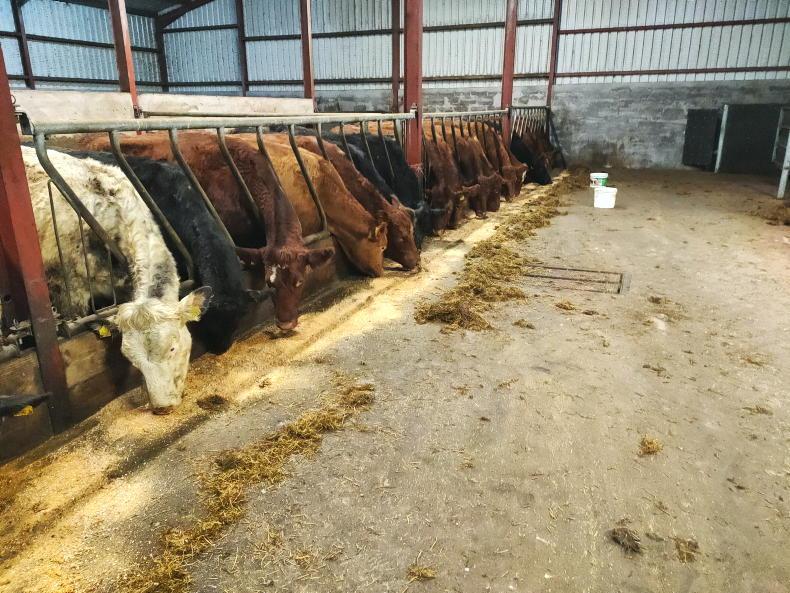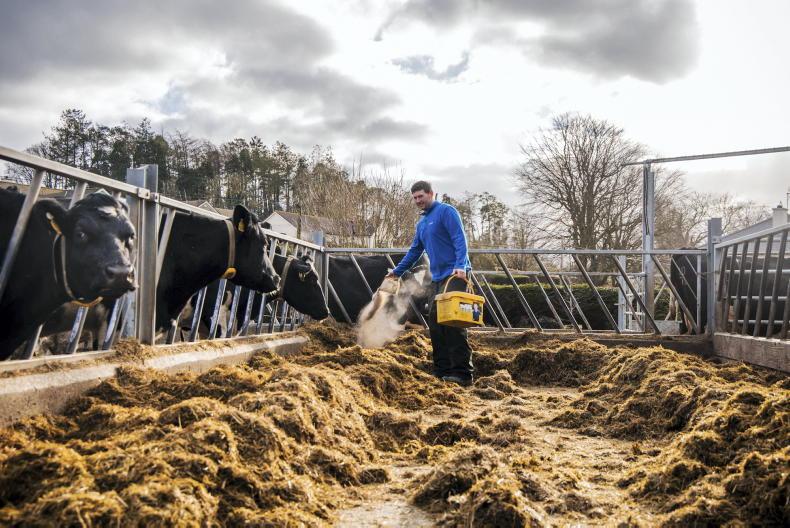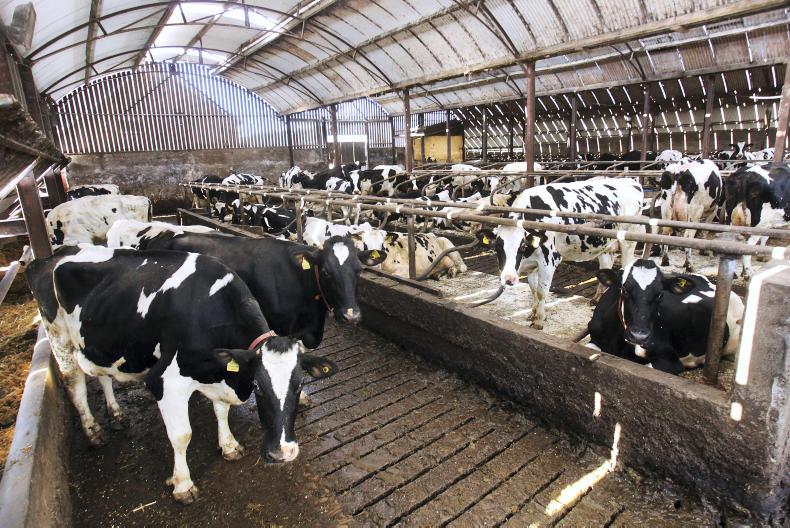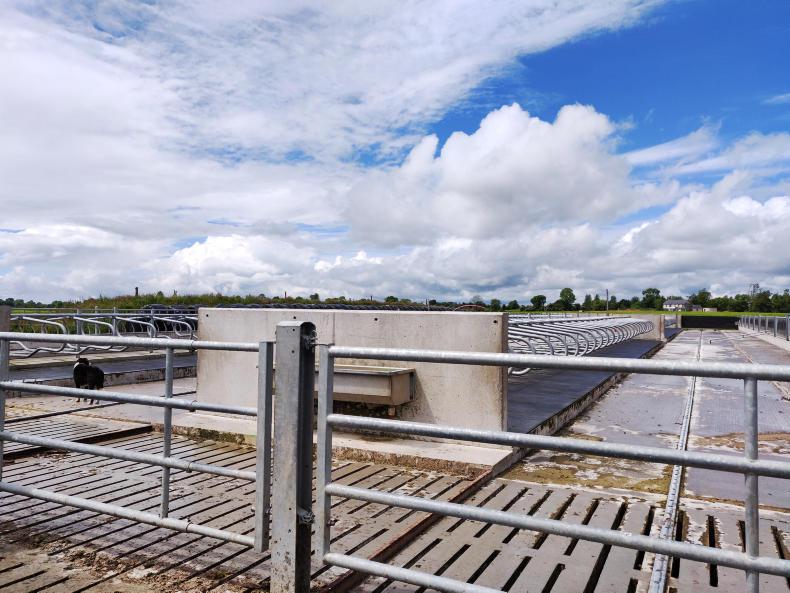I’m Paddy Average and I farm with my wife Mary at Glanbia, near Ballyragget, Co Kilkenny. We milk 100 spring-calving black and white cows and rear our own replacements.
We had an intervention on the farm this week. My bank manager, accountant and farm consultant got together and sat myself and Mary down at the kitchen table to have a serious chat about the future of the farm business.
“Average just isn’t good enough anymore,” they said. “You need to up your game,” they said.
What it boils down to is that the performance of those mongrel cows in the Greenfield Farm over in Clara just can’t be ignored anymore. There was some article apparently in last week’s Irish Farmers Journal about how we could make €85 per cow extra profit in one month from crossbreeding the herd and by pulling out meal.
I had glanced at the headline myself but I presumed it was more of that fake news that they’re always on about on the telly with yer man Trump over in America.
However, they tell me this is a real figure and it has the accountant very excited, even asking about share options and equity in the business.
The bank manager is rubbing his hands as well and carrying various expansion proposals in a folder under his arm. The consultant seems the least interested in the meeting, however, and is taking calls from the local auctioneer about leasing farms.
Mary and myself are a little sceptical at first, but when the accountant puts the numbers on the table it’s very hard to ignore – €85 per cow per month with 100 cows soon adds up to a serious figure.
We take a closer look at the article, which must be true as it’s printed in the Irish Farmers Journal, and they’ve assured us from the start that all the reporting from this farm will be true and accurate.
Sketchy
The detail is a little sketchy at first but there’s a letter in this week’s paper to explain the few concerns that we had at first glance.
The accountant looks a bit confused, however, when we divide the extra milk income by the number of cows calved at the start of the month rather than the average number of cows for the month.
Our consultant seems a little distracted by an offer of 200ac for long-term lease up the road but he assures us that this is how they were taught to calculate things up in UCD. “Bejaysus, we were going fair well ourselves in February so,” I think to myself.
The meal figure looks a bit off too as we only fed one load of nuts in February and two in March and I could have sworn I saw a meal truck leaving the Greenfield farm this week when I was at a hurling match in Clara. We fed 10lb of meal for most of the month and sure the cows were milking nearly six gallons so I thought I was doing the right thing.
Silage
The consultant hangs up with the message “Go to €300 anyway” and explains to us that they only feed over in Greenfield when they are short of grass so that’s what’s going on. Again, I could have sworn that I saw a tractor baling silage in a field just a few days earlier.
He also explains that if we stop feeding meal, we’ll have to put half the herd on once-a-day milking to get them to come bulling so this will further reduce workload.
I always saw this as a bit counter-productive but Mary is delighted and already has me lined up to dig the vegetable garden with all this spare time.
The bank manager pulls out the laptop at this stage and plays us a video of the Greenfield farm and the cows last week. There’s nice music in the background and a voice tells us that the cows are milking 22l, which seems a long way short of six gallons in old money but this is further explained in another article about A+B-C.
There is further confusion when the consultant pulls out the weekly notes for the Greenfield Farm which tells us that there were 270 cows calved at the start of March, not the 150 that was in the letter in last week’s paper.
He explains this away quickly saying that there was a good few out of the tank feeding calves and between that and the once-a-day herd, which you can apparently divide by two, and that should account for the discrepancy.
And at 22l, it probably does take quite a few cows to feed the 270 calves that were all obviously still on the farm as they probably couldn’t be given away.
“Speaking of calves,” I say, “they’re going very well in Kilkenny Mart this last couple of weeks and the cull cows are gone mad altogether.”
Again the consultant explains that in theory calf values are irrelevant in this new system of farming and sure we’ll have hardly any culls at all when we start crossbreeding so they won’t matter either. This is news to me as I paid most of the youngest girl’s college fees with the €7,500 that we got for this year’s bull calves. Still, I suppose it is small fry when compared with the potential €8,500 extra per month from the milk sales.
The accountant is starting to scratch his head a bit more at this stage but, even if the figures are only half right, he says it’s still too good to ignore.
Mary and myself go out to the garden for a minute to think things over. I’m still a bit confused and it’s obvious that things have changed a lot from when I was in school. She is already dressing me in Louis Copeland and talking about trading in the Volkswagon for a BMW or a Mercedes.
Suddenly it hits me like a bolt of lightning. I know exactly what to do.
We go back in to the kitchen and call the auctioneer.
We sign up a 20-year lease with the consultant. The accountant is taking a slice of the action, as he calls it, and the bank manager will finance the shortfall at 1% over the cost of funds. Mary and myself will put the feet up and enjoy life a bit more.
I hope they know what they’re doing as it’s blatantly obvious that I haven’t a clue what’s going on. I’ve spent the last 30 years breeding an average herd of cows, trying to scrape out a living for Mary, the kids and myself.
Between putting the lads through college and paying for the bit of ground we bought, and the annual tax bills, we were nearly broke a few times.
I feel like an awful failure at this stage but at least it’s not too late.










SHARING OPTIONS